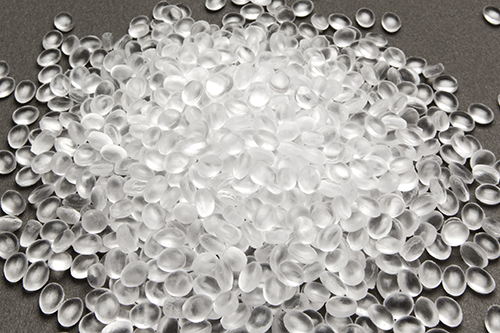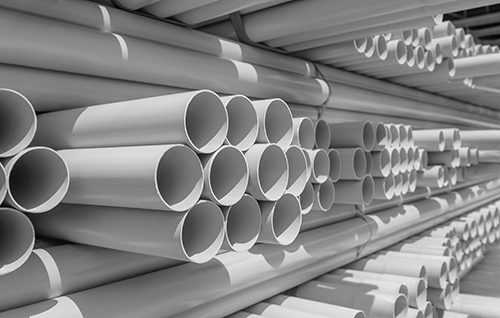In 2020, COVID-19 was the most significant disruption to the performance plastics industry. In 2021, could the crises be the supply of polyolefins (PP, PE) and PVC? Here's the issue in a nutshell:
Polypropylene (PP)
With gasoline consumption down, refineries are running at lower rates, meaning they are making less propylene monomer as a byproduct of their processes. Supplies of natural gas, also a plastics feedstock, have tightened because processing natural gas produces less propylene than does crude oil.
Polyethylene (especially HDPE)
Polyethylene (PE) demand has soared, and resin prices have been increasing monthly (sometimes even more frequently). All contract pricing has been eliminated and resins are being sold on an auction basis. The extreme cold weather the Gulf Coast of Texas experienced in February 2021 added to an already difficult situation, with several resin producers instituting force majeure. At one time in late February, it was estimated that 85 percent of resin capacity was down.

A large portion of HDPE sales are in reprocessed resin. The feedstocks could be from a sheet processor’s scrap, scrap purchased on the open market or even repurposed scrap from milk jugs. As of this writing, virtually every major HDPE sheet producer is out of reprocessed resin supplies and it could be 2022 until this situation improves. We may see some HDPE virgin resin reach the market in May, but it will be slow to start.
Most, if not all sheet producers, are honoring quotes with just a five-day window; lead times are as much as eight to ten weeks. One sheet producer has stated that they would determine the price when the order ships. This situation has not been seen since the oil embargo in the 1970s.
Polyvinyl Chloride (PVC)
Increasing resin prices and shortages in supply have impacted availability and lead times for extruded shapes as well as pipe, fittings, valves (PVF) products. PVC resin prices have increased more than 100 per cent over the past year and demand is outpacing supply, which should continue to boost price support. One major PVC resin producer shut down for maintenance and has to date not successfully returned to regular production.

Impact on the supply chain
This situation is making it difficult for not only the producers, but also for distributors and their customers. With short quote/price validity windows, purchasing decisions must be made within a much shorter timeframe than customers may be able to adhere to. This makes for unhappy customers, especially if they are not aware of the current resin situation. In addition, this disruption is impacting some of the lower priced thermoplastics, so switching to another (more expensive) thermoplastic may not be a viable choice for customers.
This situation is fluid and will continue to evolve over the next three to six months.